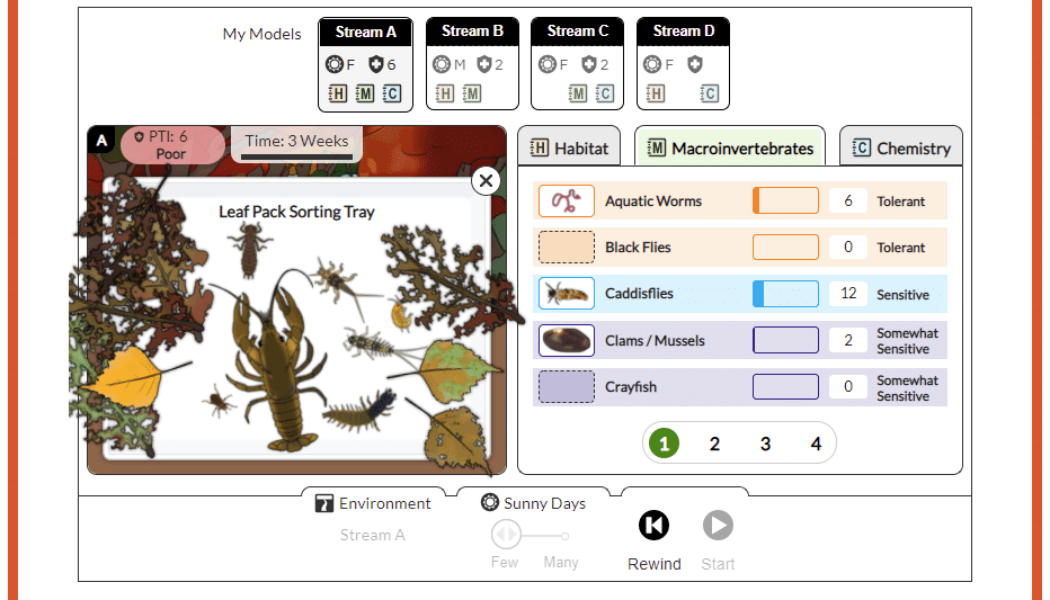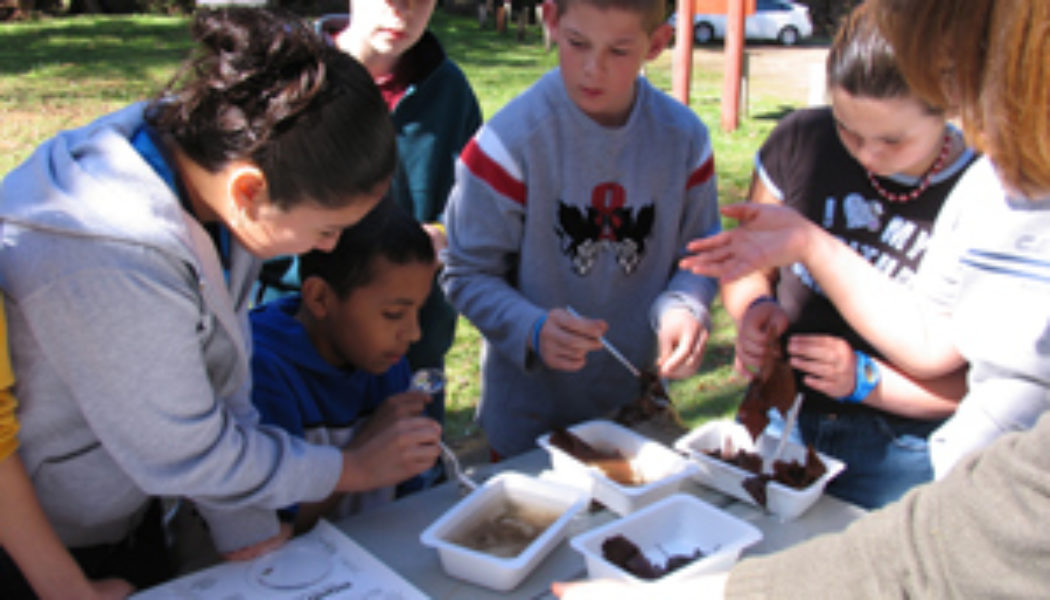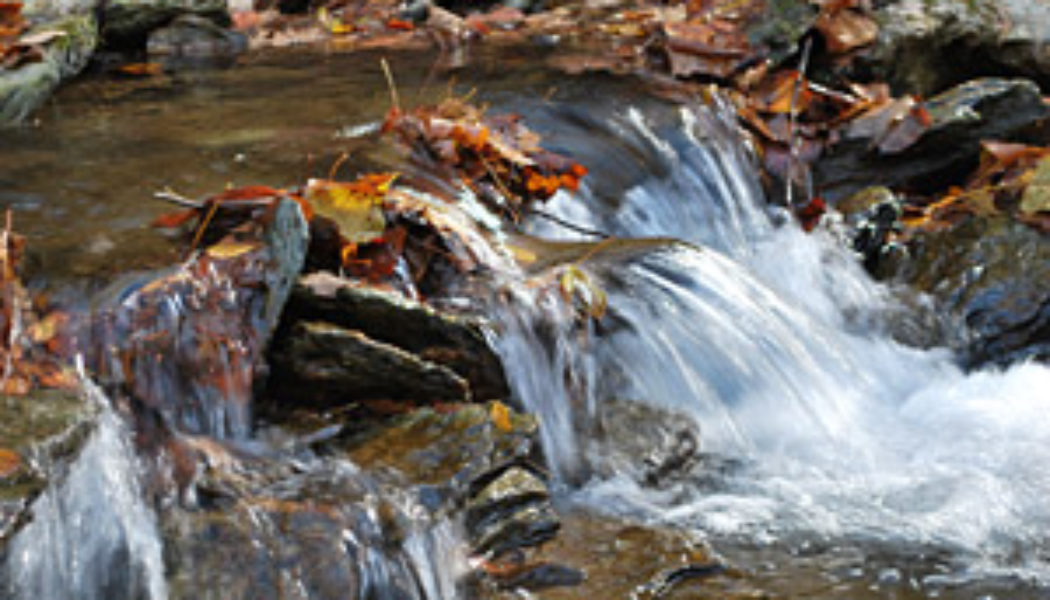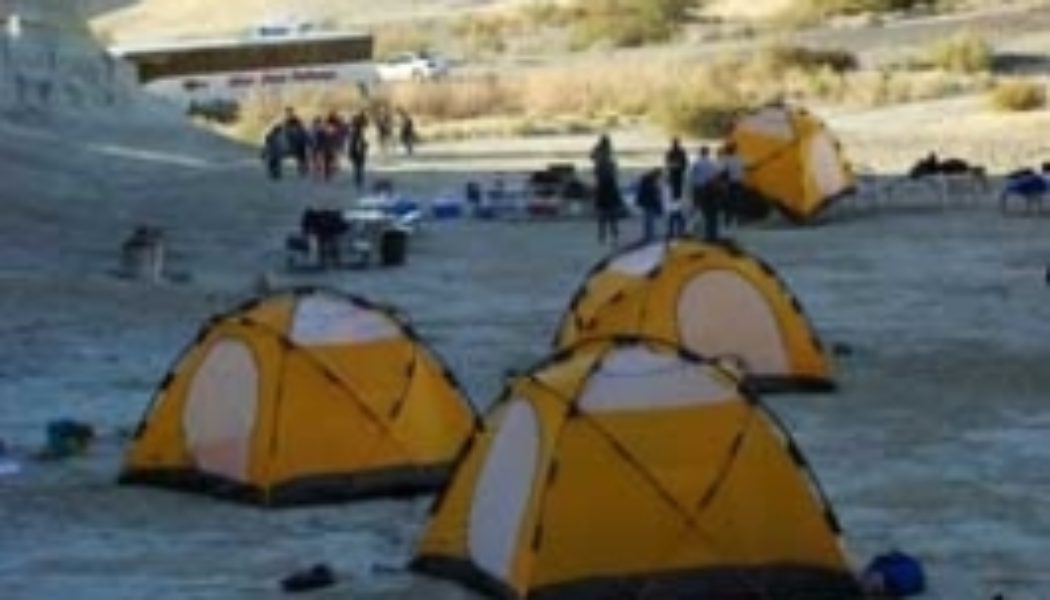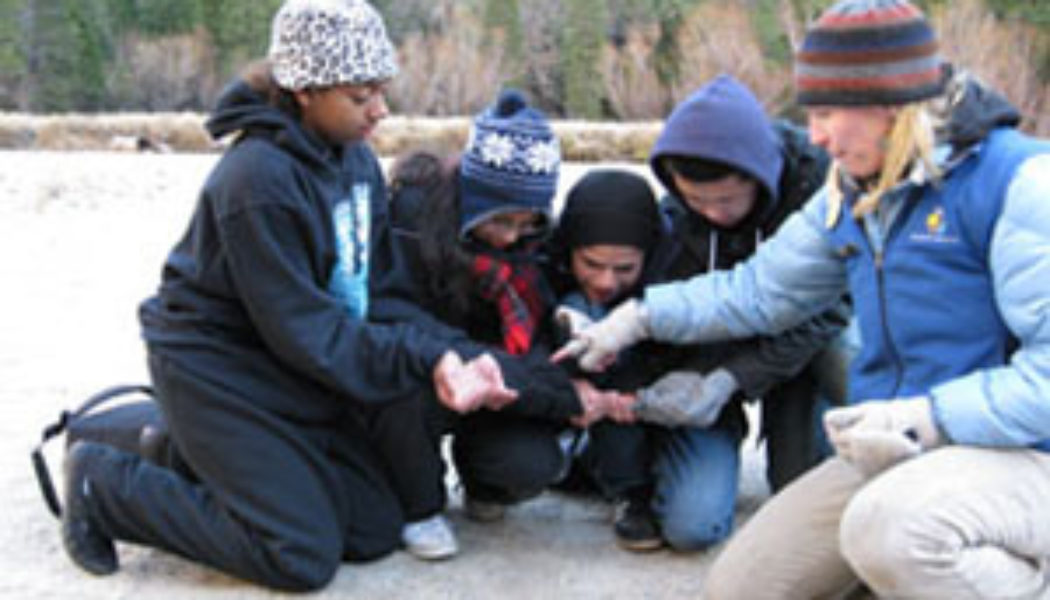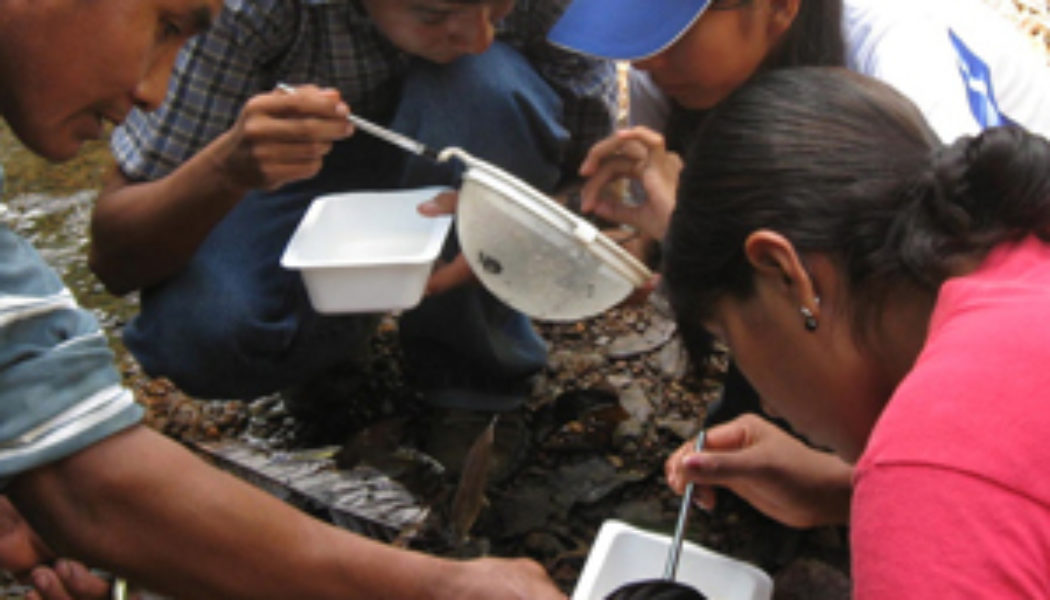
Welcome to the Leaf Pack Network, an international network of people investigating their local stream ecosystems. Leaf Pack Network is part of WikiWatershed, an initiative of Stroud Water Research Center to help people advance knowledge and stewardship of fresh water.
Leaf Pack Experiment
Introducing the Leaf Pack Network Simulation
This virtual learning resource helps anyone anywhere to simulate multiple stream studies and compare results — all from the other side of a screen!
What’s the Best Time to Do a Leaf Pack Experiment?
Fall is a great time to do a leaf pack experiment — but not the only time! If you can’t do an experiment in the fall you can still collect and dry your leaves and then assemble and deploy your leaf packs later. Macroinvertebrates are hungry year-round! You’ll need 30 grams of leaves for each leaf pack and we recommend making three leaf packs for each experiment. You may pick leaves off...[Read More]
Temporary Data System is Live
The old leaf pack database finally bit the dust, but a temporary system for entering and viewing new data has been put in place while we rebuild it.
Leaf Pack Network Helps Urban Kids Explore Salty Waters in Death Valley
If you visit Salt Creek, Death Valley on any given afternoon in the spring, you might have to navigate through school kids staring into the frothing waters. The kids have come to make leaf packs, designed as a tool to assess stream health, but have stopped to watch the pupfish breed in the shallow rivulets of Salt Creek.
Leaf Pack Network News, Fall 2010
In September 2009, Yosemite Institute began using leaf packs to study macroinvertebrates in four streams in Yosemite Valley. Students have been studying water chemistry in these streams for several years but institute staff felt that biomonitoring would provide a more accurate measurement of the health of these ecosystems.
- 1
- 2


